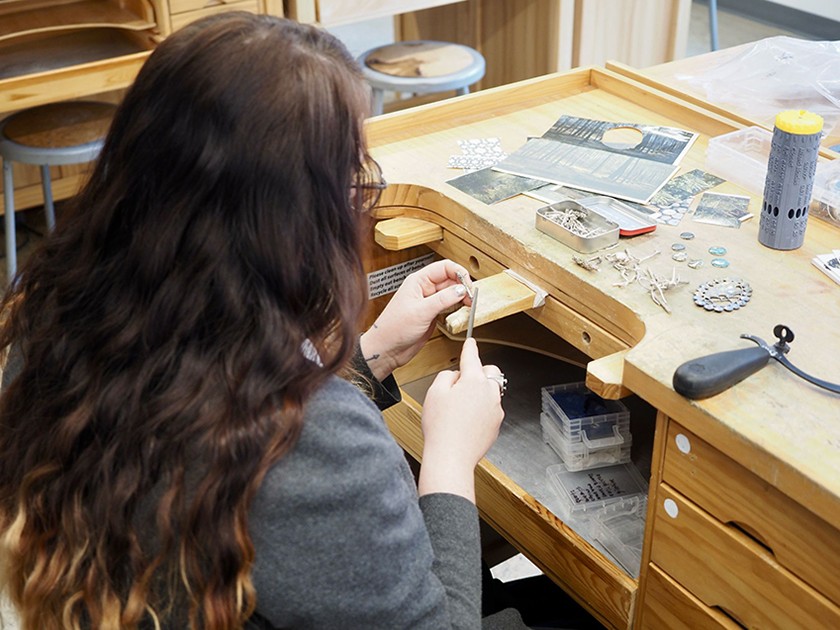Demystifying the Arts |
How Intermediaries Amplify Impact and Strengthen Ecosystems
In the intricate web of the nonprofit sector, intermediaries often play a role that is misunderstood or undervalued. Yet, their impact ripples across the entire ecosystem. Intermediaries, like the Greater Pittsburgh Arts Council, act as connectors, amplifiers, and safeguards. We serve not only the individuals and organizations on the ground but also the funders, ensuring that investments into the sector yield sustainable and meaningful results.
Indicators of Effective Intermediaries
For funders and stakeholders seeking to evaluate the impact of an intermediary, consider the following indicators:
Reach and Accessibility: Does the intermediary serve a diverse range of constituents? Are their services accessible and responsive to community needs?
Impact on Capacity Building: Are their programs and services strengthening the capacity of individuals and organizations to operate sustainably and effectively?
Collaboration and Connectivity: Is the intermediary fostering meaningful partnerships and facilitating connections across the sector?
Strategic Alignment: Does the intermediary’s work align with broader sector goals and priorities?
Advocacy and Representation: Is the intermediary effectively advocating for its constituents and representing their interests at the regional or national level?
Operational Efficiency: Is the organization well-managed, with clear metrics for success and a track record of accountability?
Sectoral Benefit: Is the intermediary catalyzing positive change that strengthens the sector’s collective impact, resilience, and ability to thrive in a rapidly changing environment?
The Case for Investment
Intermediaries hold a unique position of influence and responsibility. When supported appropriately, they serve as catalysts for growth, innovation, and sustainability. Funders who invest in intermediaries are not just supporting a single organization; they are making a strategic decision that protects their portfolios, amplifies their impact, and ensures long-term success for the individuals, organizations, and communities they support.
To fully leverage the power of intermediaries, the philanthropic community can take the following actions:
Invest in General Operating Support – Flexible, unrestricted funding enables intermediaries to adapt to sector needs, invest in long-term strategies, and build stronger, more resilient networks.
Incorporate Intermediaries into Grantmaking Strategies – Rather than viewing them as separate from direct service providers, funders should integrate intermediaries into their overall funding approach, ensuring their role is recognized and supported.
Engage Intermediaries as Thought Partners – Intermediaries have deep knowledge of their sectors. Funders can strengthen their own strategies by seeking input from intermediaries on funding priorities, emerging trends, and community needs.
Support Capacity Building and Innovation – Investing in an intermediary’s ability to grow, innovate, and refine its services benefits the entire field. Funders should consider supporting professional development, infrastructure improvements, and technology enhancements.
Foster Collaboration Between Intermediaries and Grantees – Encourage and fund opportunities where intermediaries and direct service organizations can work together, ensuring that resources, knowledge, and best practices are shared effectively.
Recognize and Promote the Value of Intermediaries – Philanthropic leaders should advocate for the importance of intermediaries, helping to shift perceptions and build broader support for their role in strengthening the nonprofit ecosystem.
Measure and Communicate Impact – Work with intermediaries to develop meaningful impact metrics and share success stories that illustrate how their work enhances the entire sector.
As the Arts Council continues our mission to connect, resource, and inform the arts community, we invite our partners to recognize the indispensable role of intermediaries. By working together, we can build a thriving, sustainable arts ecosystem that stands as a testament to the power of collaboration and strategic investment.





